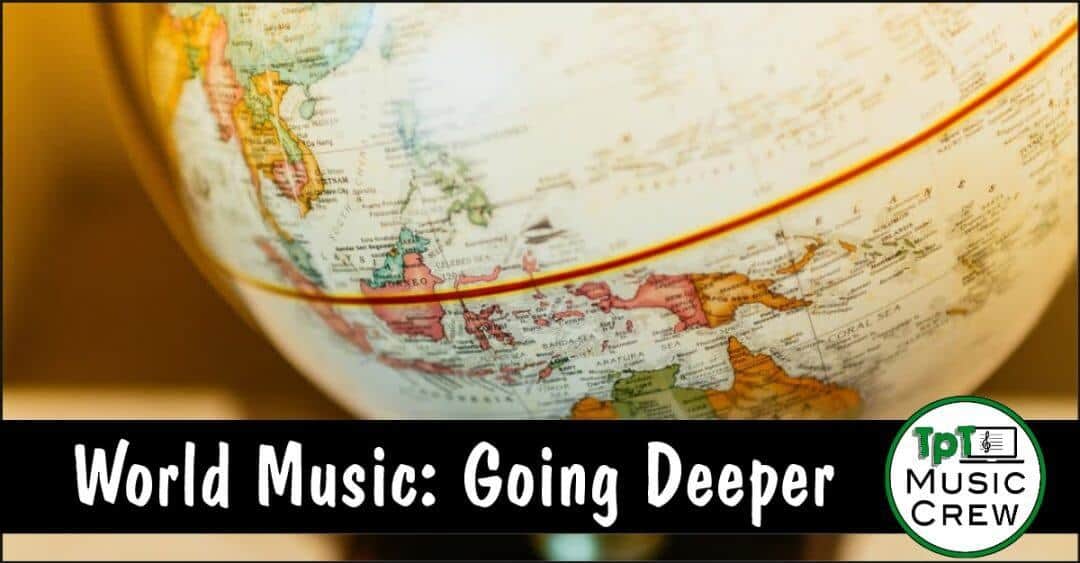
Growing up in 3 different continents and teaching in international schools for many years, I am passionate about the importance of connecting students with cultures outside their own through my music classes. Outside of the occasional sub plan, though, I do not teach a “music around the world” unit. Instead of trying to expose students to more variety, I choose one culture’s music for students to study in-depth. Although certainly including lessons or units that introduce students to a wide variety of cultures is better than nothing, I believe that when it comes to teaching music from around the world, depth is more important than breadth. Let me tell you why, and then let’s talk about how (yes, you can do it too!).
Why?
The reasons for my method of teaching world music begins with why I teach music from outside cultures in the first place: to develop empathy and understanding of outside perspectives, cultures, and people. I’ve traveled to many places on vacations, field trips, and other short excursions, and while I’ve certainly developed a bit more of a personal connection to those places, and perhaps a bit more understanding and affection for the culture and people there, I can’t say that I’ve gained much of an ability to see life from the worldview of that culture/people through those short trips. When you visit a place for a short trip, you remain an outsider and you only see the culture from an outsider’s perspective. In contrast, having spent 10 years growing as one of the only foreigners in a small town in Japan (and definitely the only caucasians living in the town), I can honestly say that my worldview has been dramatically shaped by Japanese culture. And here’s the part that many don’t realize: I have been able to apply my experiences of seeing two different cultures (Japan from my upbringing, United States from my parents) from an inside perspective to help me better understand other cultures more deeply as well. Being able to see life through multiple lenses is a skill that needs to be developed and practiced.
In the same way, students will develop more of the skills they need to empathize and understand cultures and perspectives outside their own by learning about the music from one culture more deeply than by learning about a broad spectrum of cultures on a more surface level. My students may not be exposed to as many different countries as they would through a “music around the world” lesson, but I have seen my students grow in their ability to understand new cultures and perspectives through more in-depth study of a few countries, a skill they will carry with them as they encounter new places, people, and music outside of my classroom.
How?
I’ll readily acknowledge that teaching students about the music of one culture in a more in-depth way requires a much deeper understanding on my part as a teacher, which is scary when you don’t have that in-depth understanding yourself from personal experience or background. But keep in mind that, while it does take some real study (and some resources from truly native sources), it doesn’t take much for you to be 2 steps ahead of most of your students (especially if you’re picking a culture that is totally foreign to all of your students, which is what I would recommend anyway)!
I choose one country for each of the grade levels I teach to focus on, and I usually do these studies with each grade for a month or more in the spring. It’s something totally different, so it keeps students engaged at a time of year when antsiness is often at an all-time high! In my previous district, each grade already studied one part of the world as part of their social studies curriculum, so I simply adopted the same places for music class. In my current district, most grades don’t have a focus on any particular country or region in their curriculum, so I chose the cultures to assign to each grade based primarily on the musical skills and concepts that I could most effectively teach through the study of their music. Currently I teach music from the following cultures in each grade: Native American in Kindergarten, Bolivian/Andean in 1st grade, Maori in 2nd, Philippine in 3rd, Chinese in 4th, Mozambican in 5th, and Brazilian in 6th. The point is, the country or culture you choose is less important than the depth and authenticity with which the students study it- the skills they develop are transferable to other cultures later on.
For each culture that I teach, I spend a good deal of time in advance finding resources from native sources and watching a lot of videos to get a feel for the music and culture. If you’re wanting to design a unit around a particular culture’s music yourself, I’ve compiled my favorite resources and tips for making sure you’re finding authentic resources in this blog post. As much as I can, I try to teach the music in the same way that it is traditionally taught (which usually means teaching by rote, often with movement and mnemonic devices). I also try to find a good entry point for my students by starting with something relatable, whether that’s drums for Mozambique or cup games for Brazil. Once the students are “hooked”, they are eager to delve into more exotic stuff, where the real perspective starts to develop! I’ve written detailed blog posts on my resources and teaching methods for music from 9 different countries. Click on the images below to read those posts and get started with an in-depth unit in your own classroom:
I hope that you’ll consider trying a more in-depth, focused approach to teaching world music this year! If you already do something like this and have other resources and ideas to share, please do so in the comments! And if you have any questions for me, you are welcome to contact me and I’ll be happy to chat- you can find all of my social media links on my blog, or you can email me at [email protected] .
Have a wonderful week!
Elizabeth Caldwell
Organized Chaos
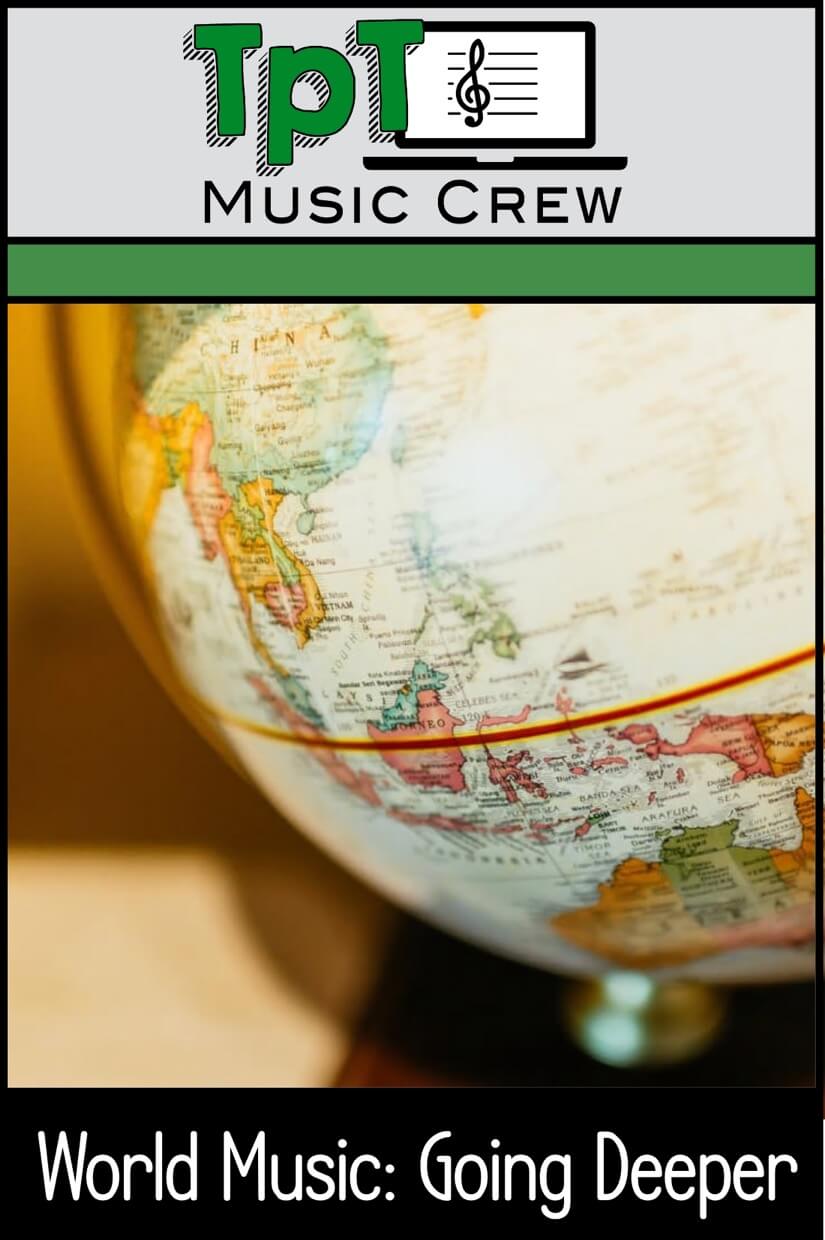

[et_social_follow icon_style=”slide” icon_shape=”rectangle” icons_location=”top” col_number=”4″ outer_color=”dark”]

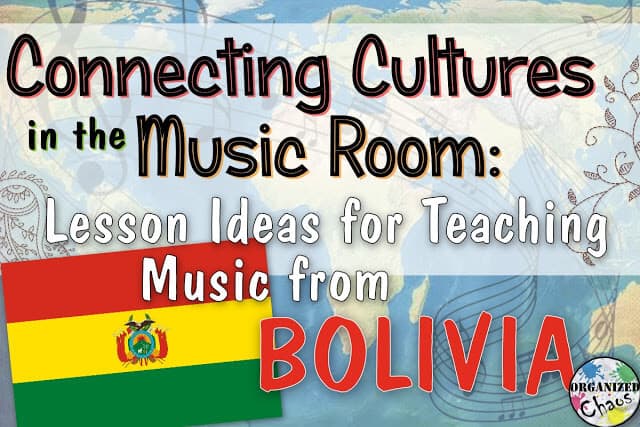
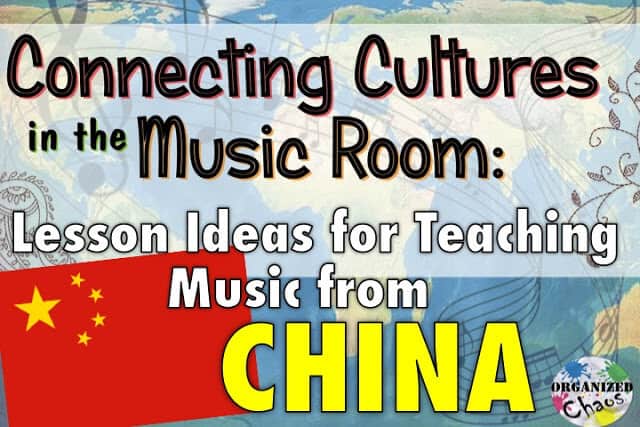
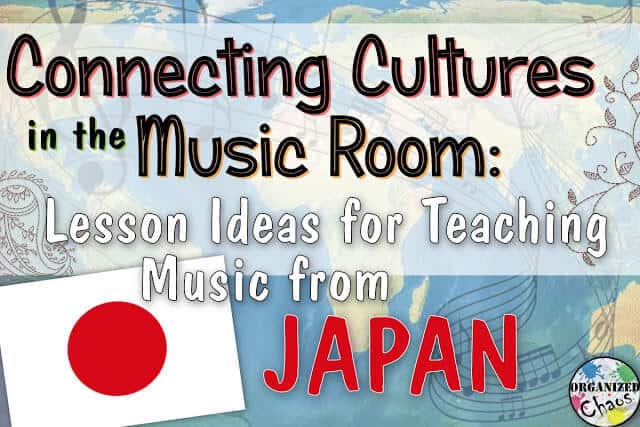
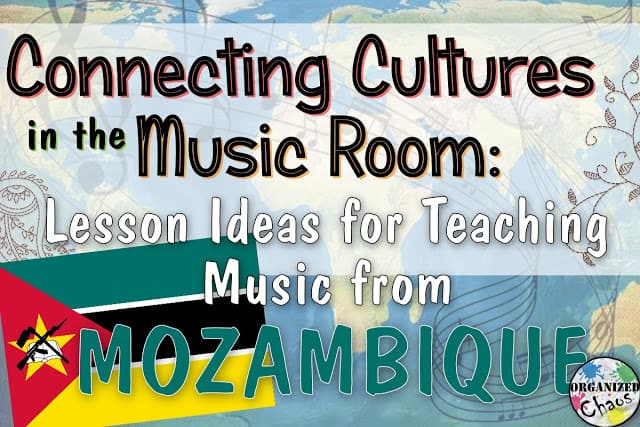
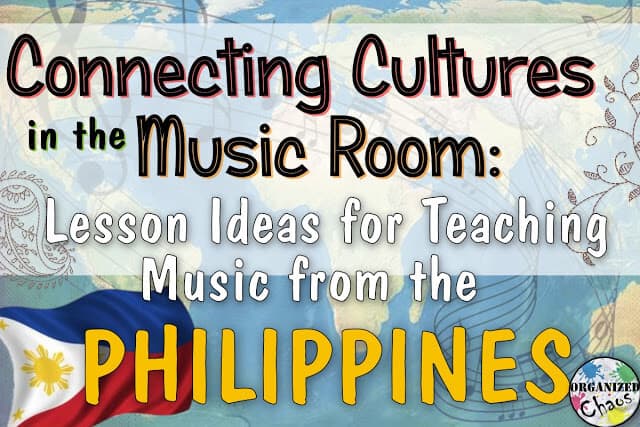
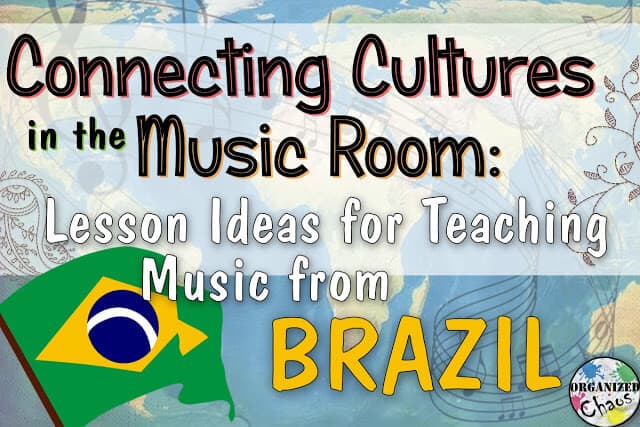
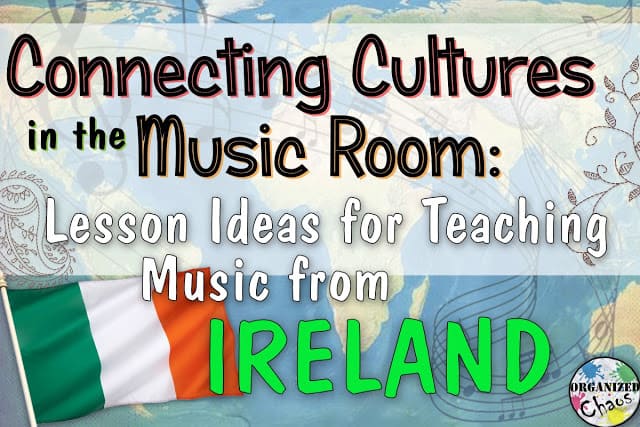
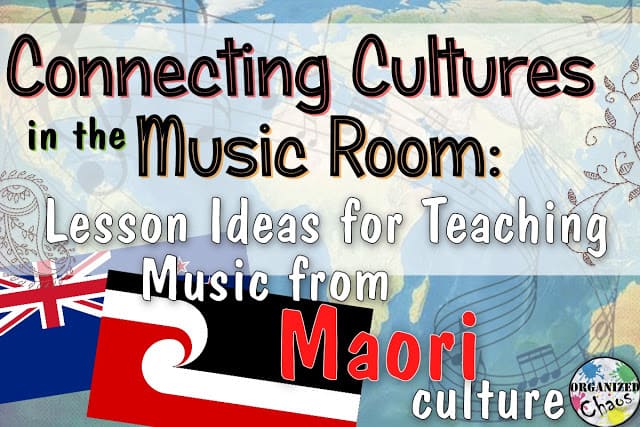
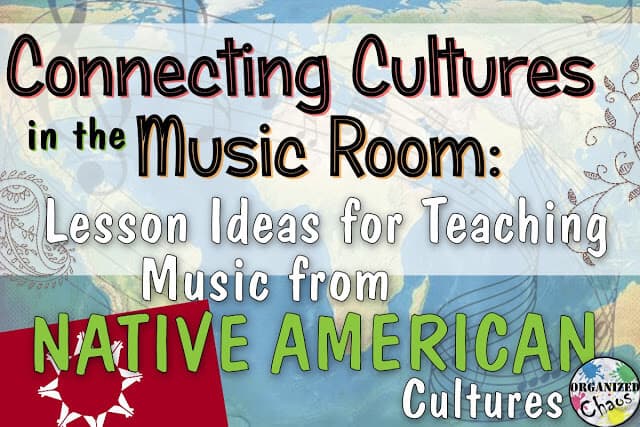
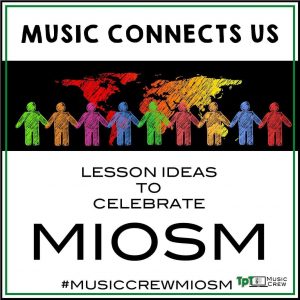
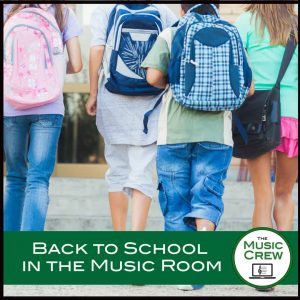





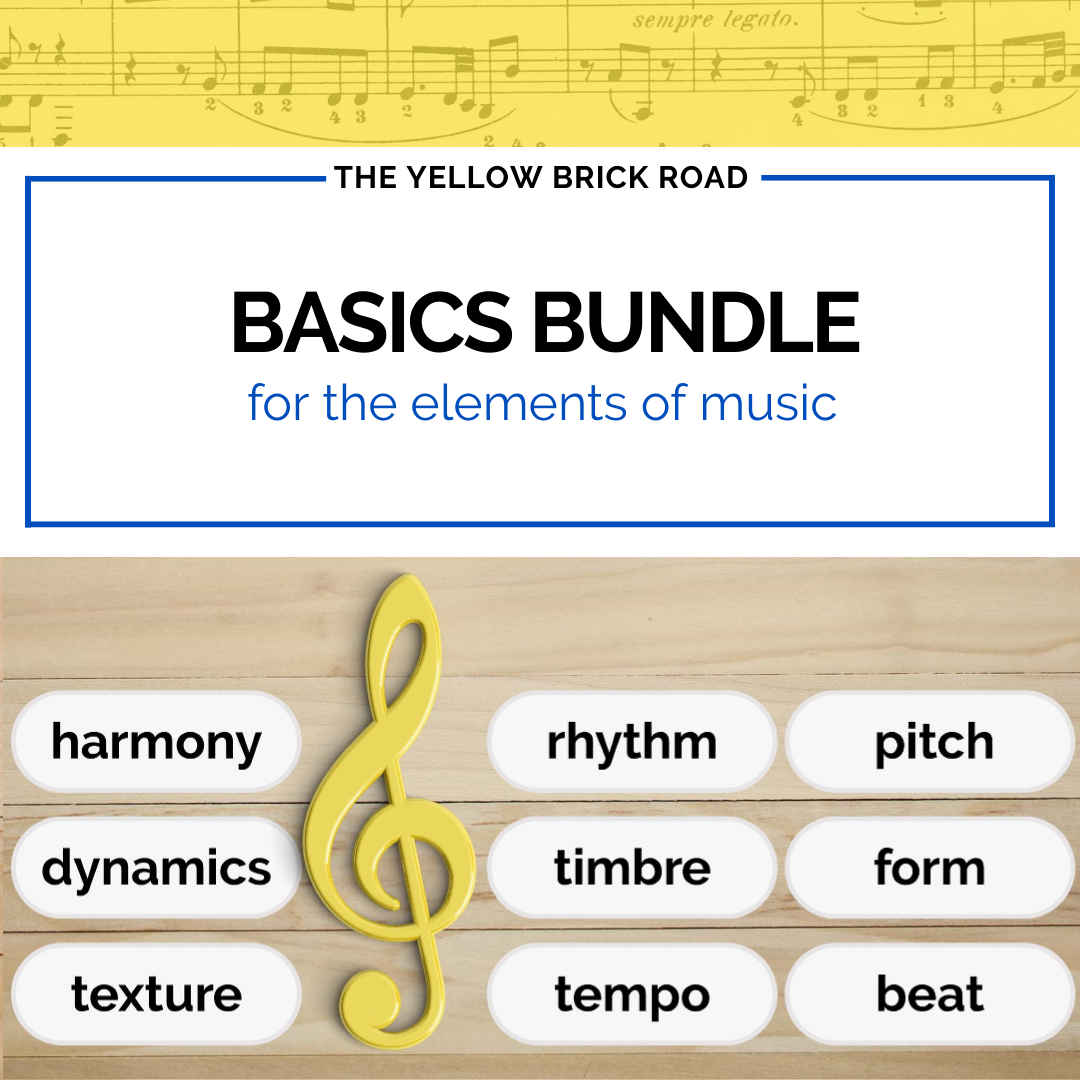
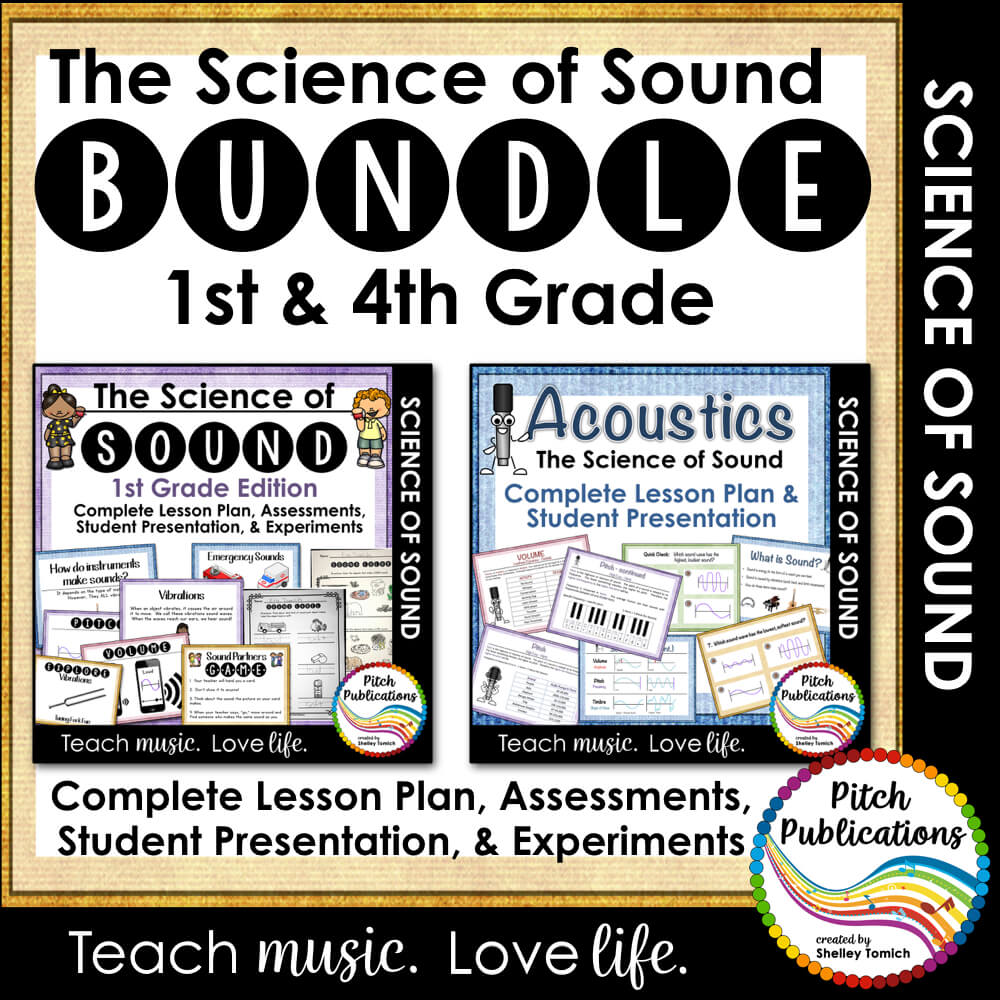

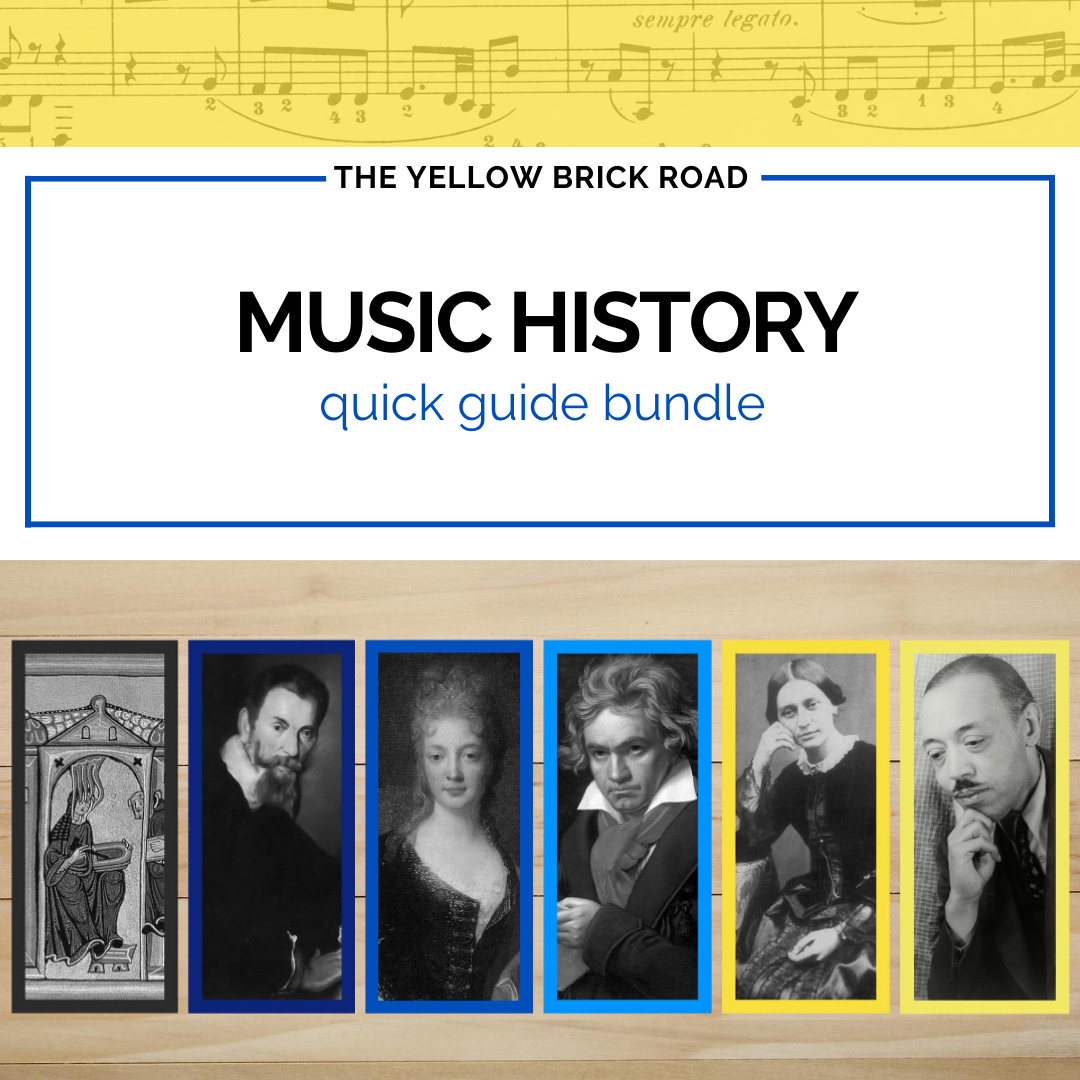
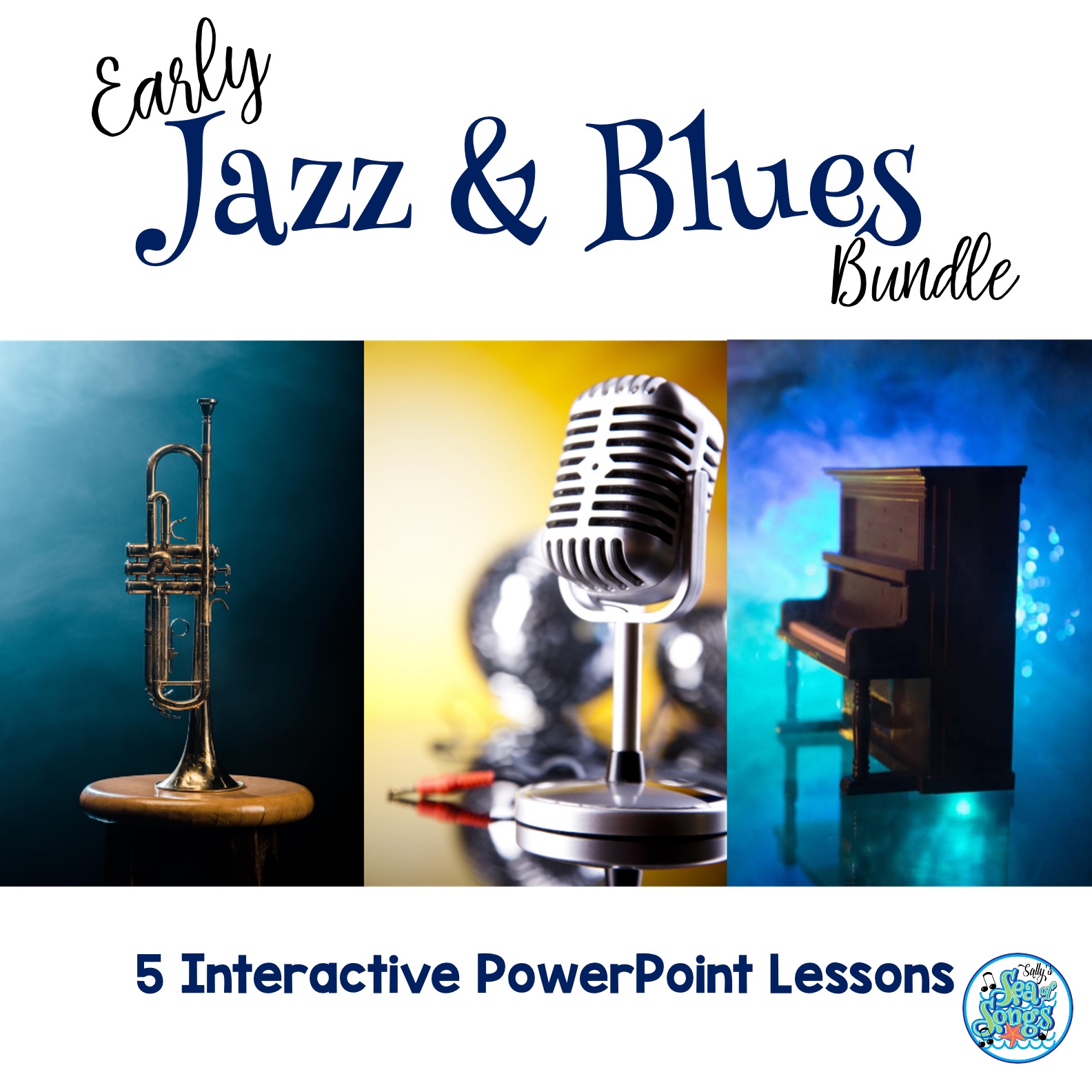
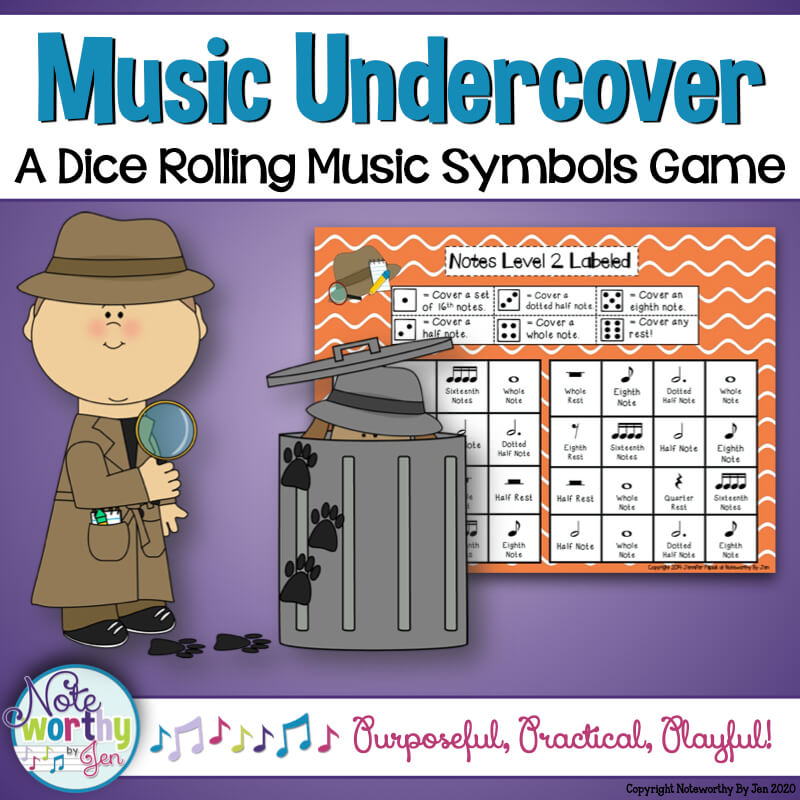
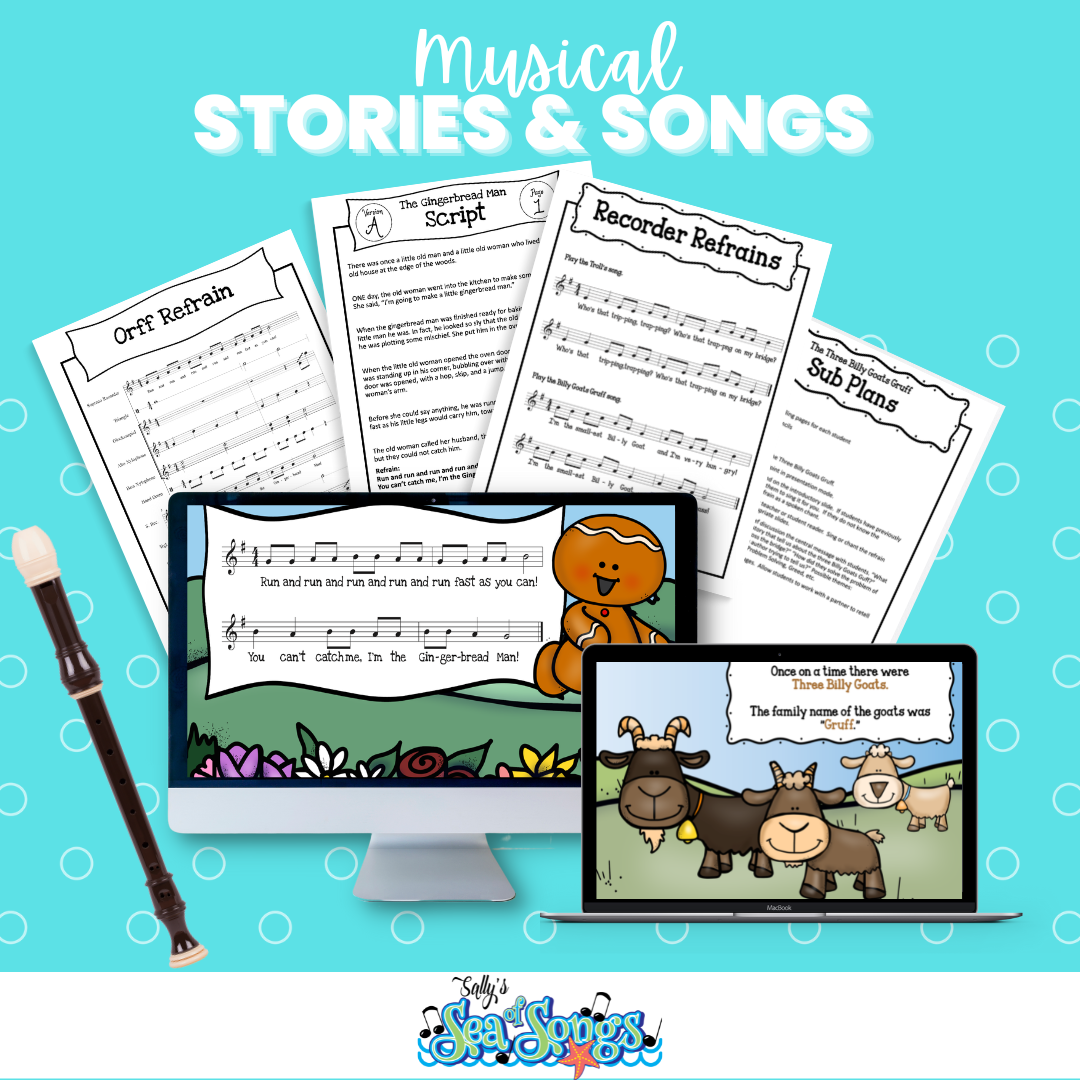
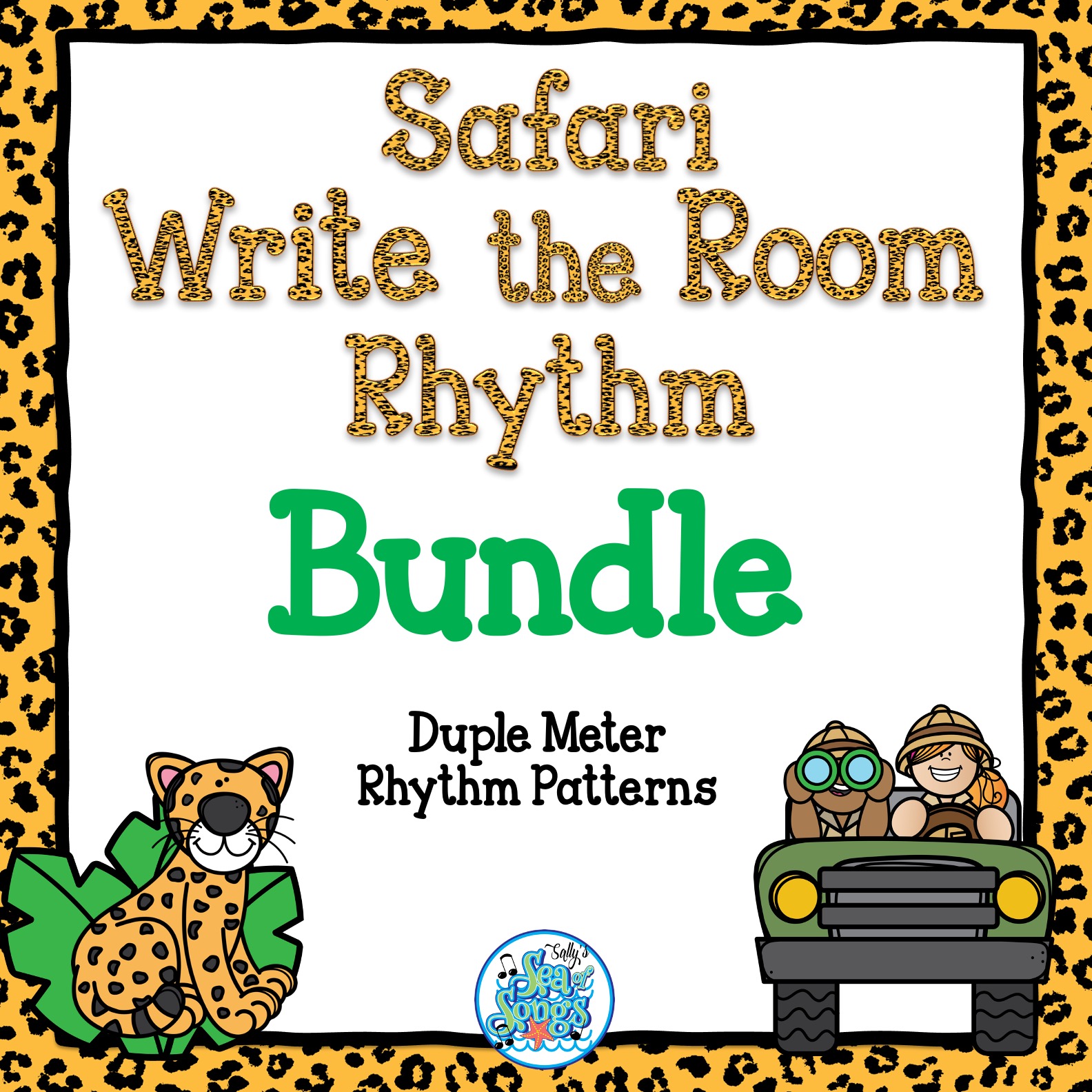
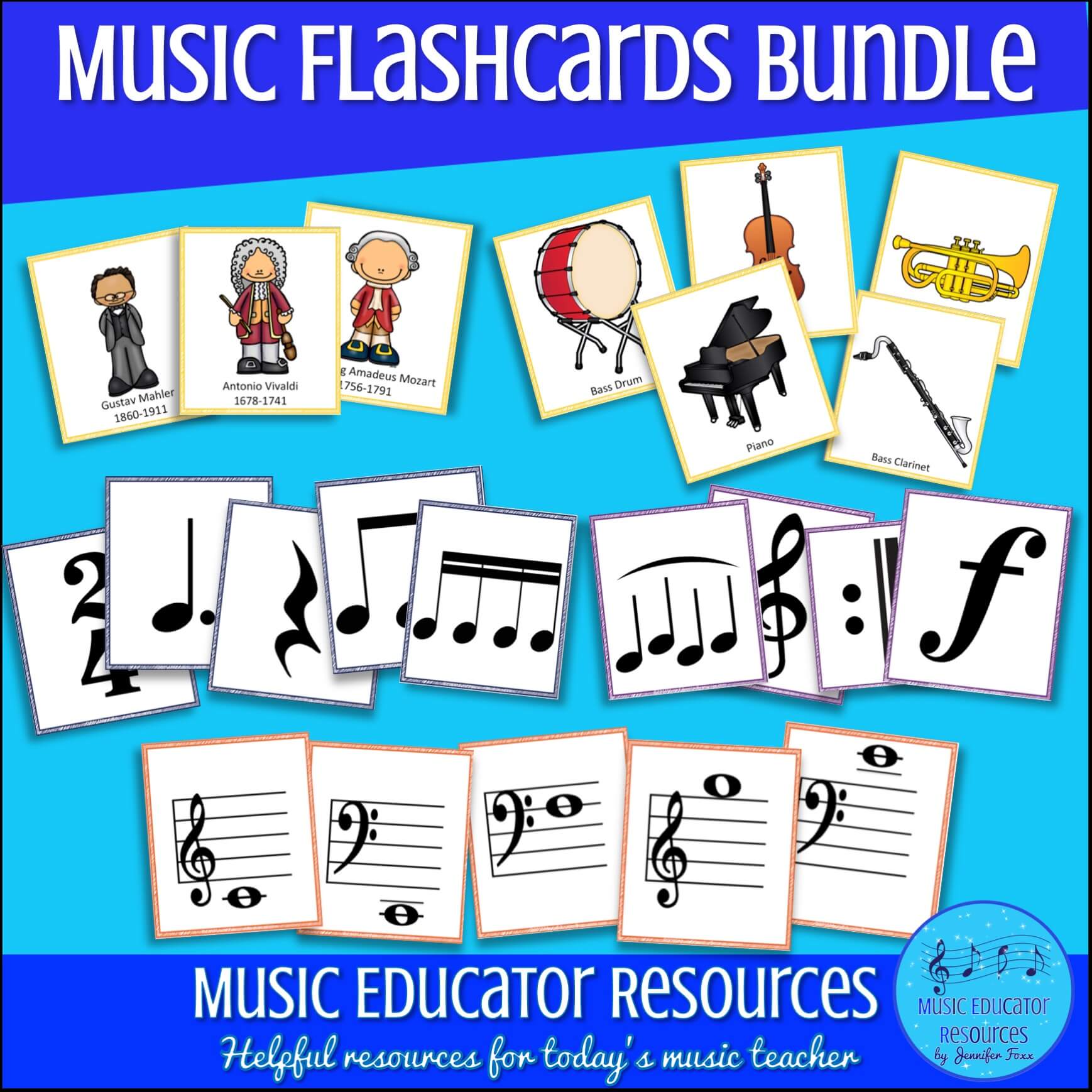
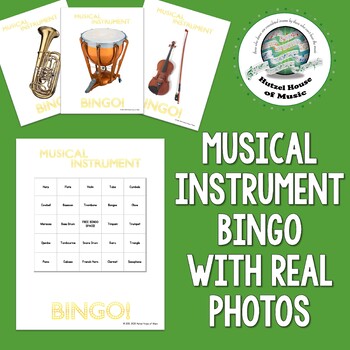
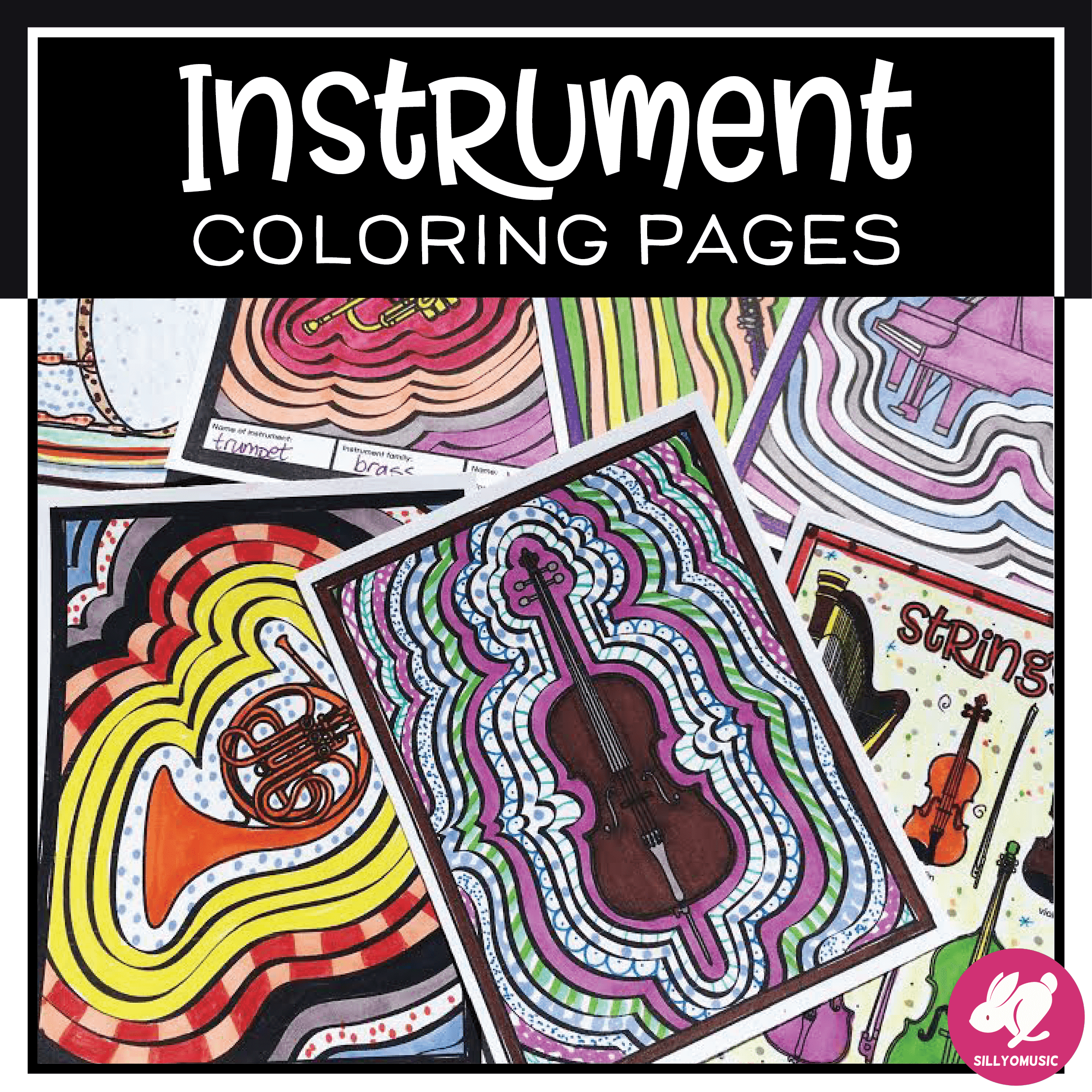
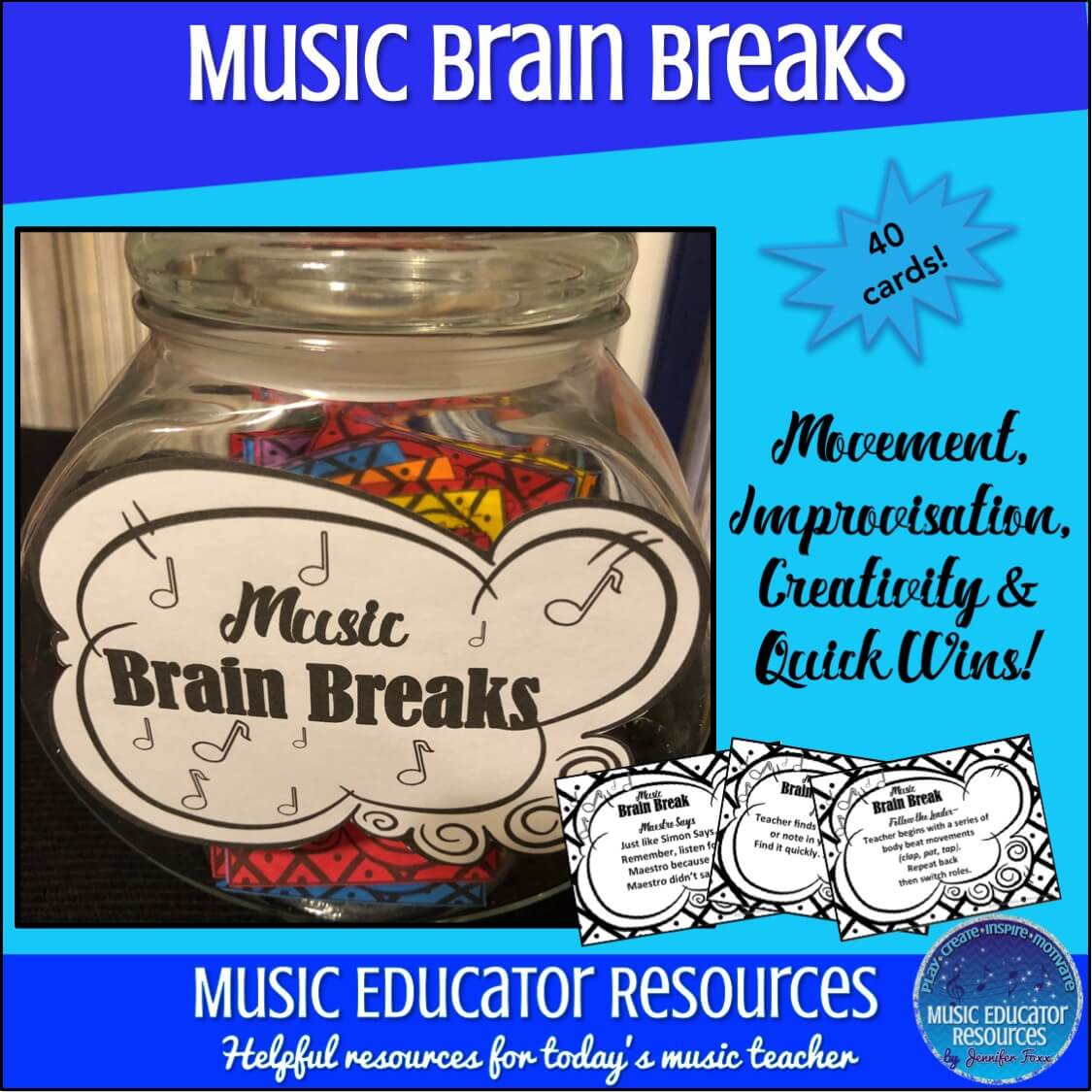
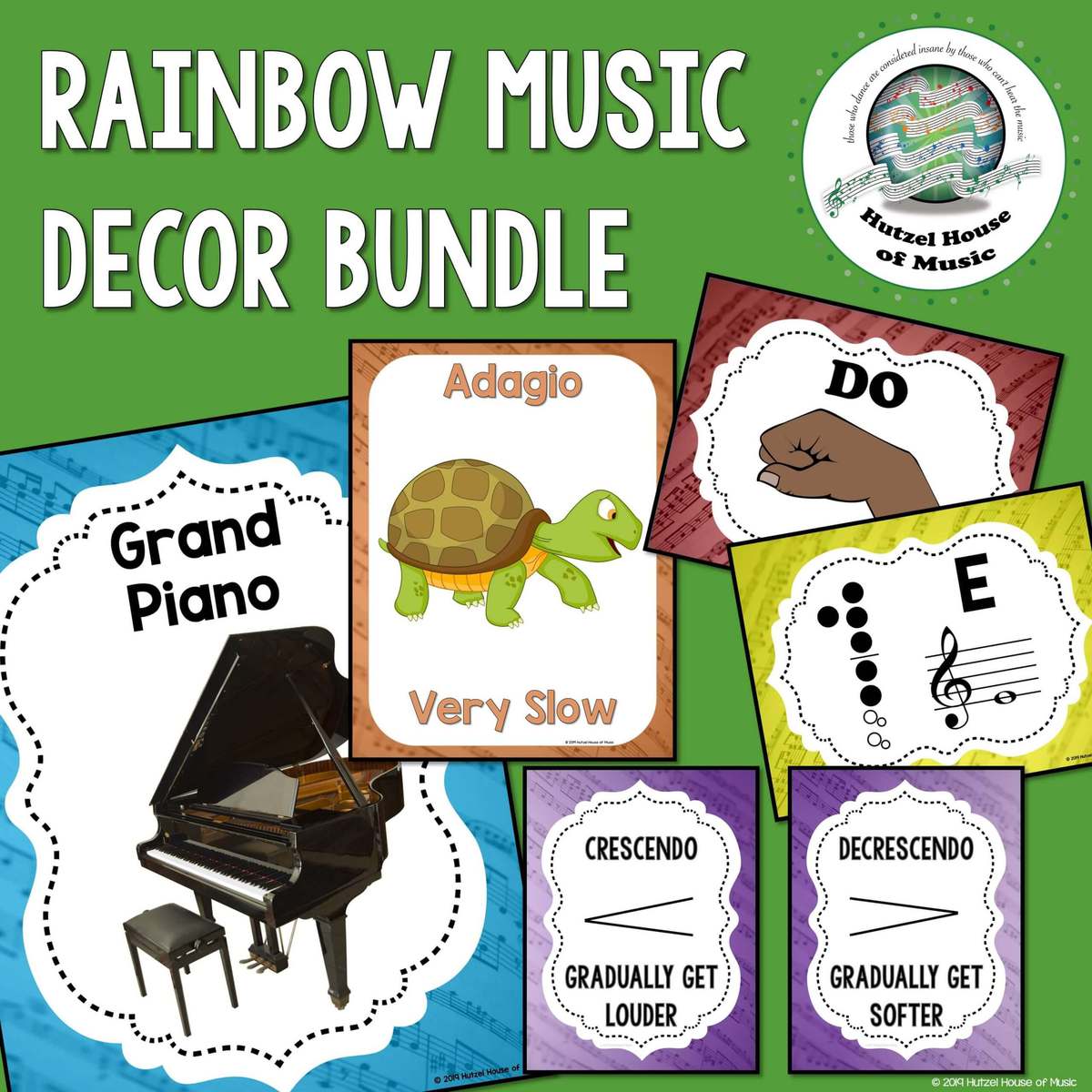
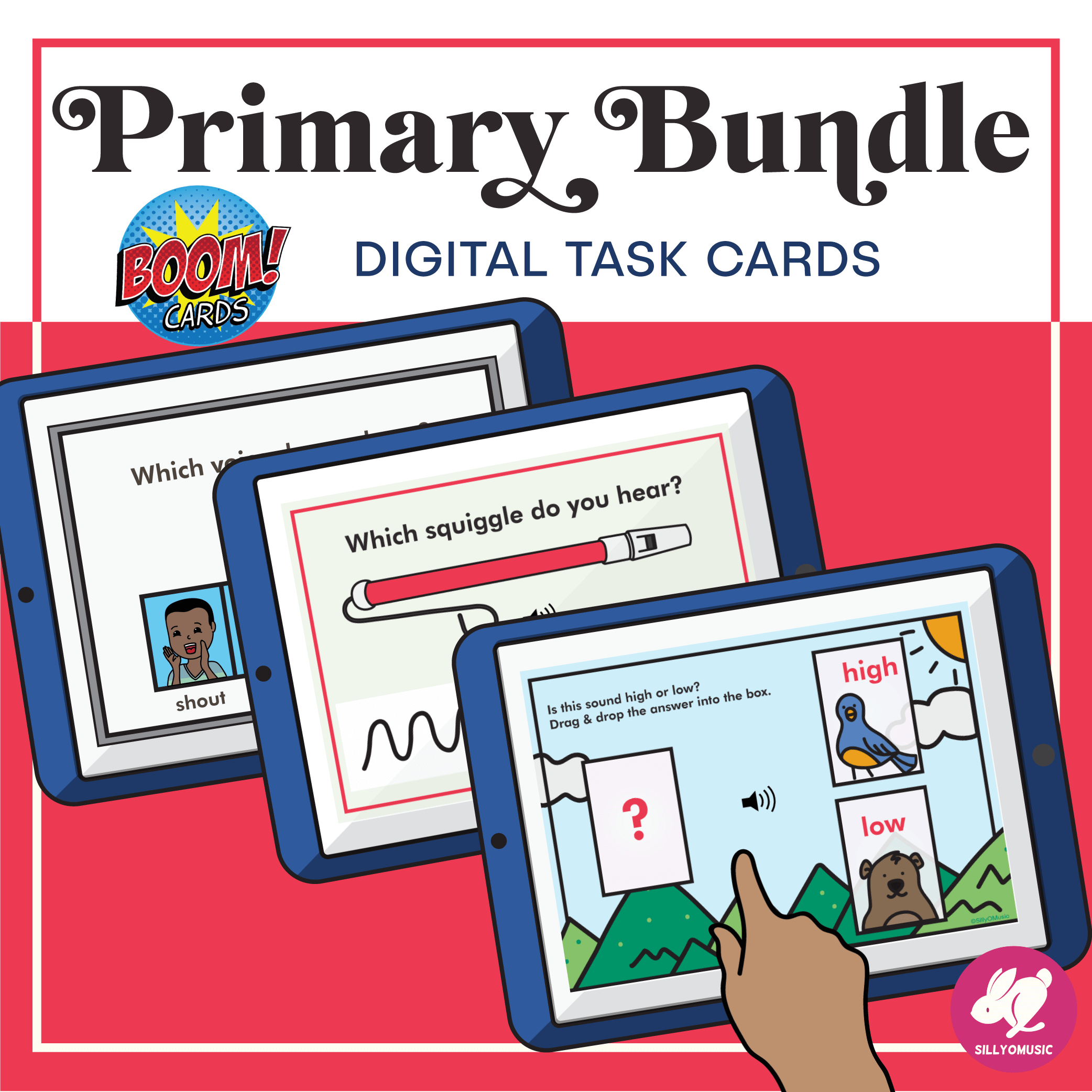

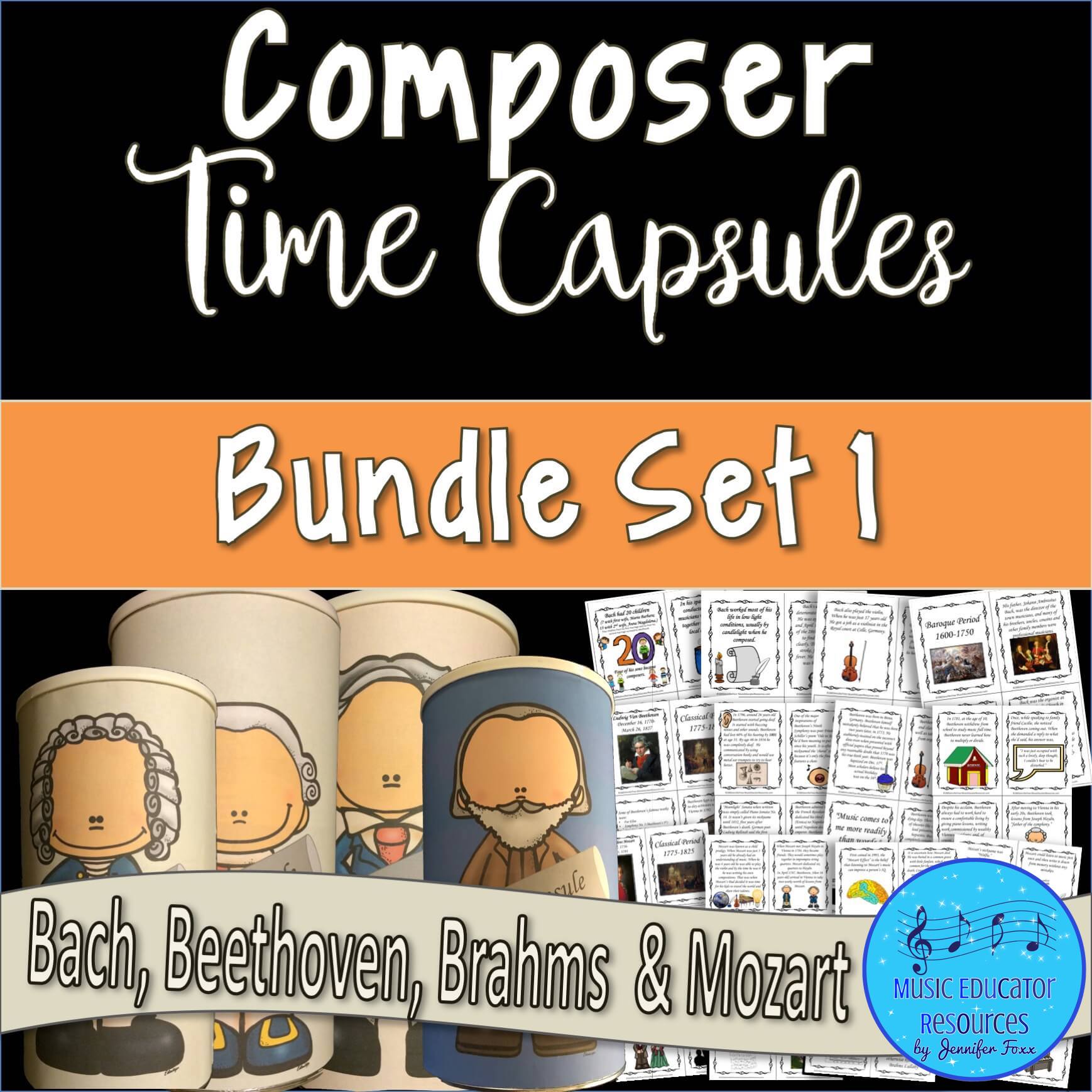







Great resources! I’m based in Thailand and my colleagues and I are currently running workshops with our 14 year old students to expose them to world music cultures. Each of us is taking three-one hour-lessons to teach our world music specialization to a small group and then the groups rotate. At this point our aim is breadth, but we have optional extra curricular ensembles, such as Gamelan and choir, to get depth. We are fortunate to own Thai classical instruments, an Indonesian gamelan set, a whole stack of percussion for West African or Latin ensembles, but I will be teaching European Choral traditions demonstrating unison, canon and three part harmony through folk tunes for my workshop. At a high school level we are keen to build curiosity, link to the students’ identities, and make connections between styles so that they can begin to identify the elements of music in a variety of styles (eg structure, instrumentation, melody, rhythm, harmony and the differences between folk, art and pop music). It’s my first time teaching this ‘Folk, Art, Pop’ unit, so I’m keen to see what the student response is. Twitter- @alisonmusicblog
Wow, that sounds amazing! I would love to hear how your unit goes.